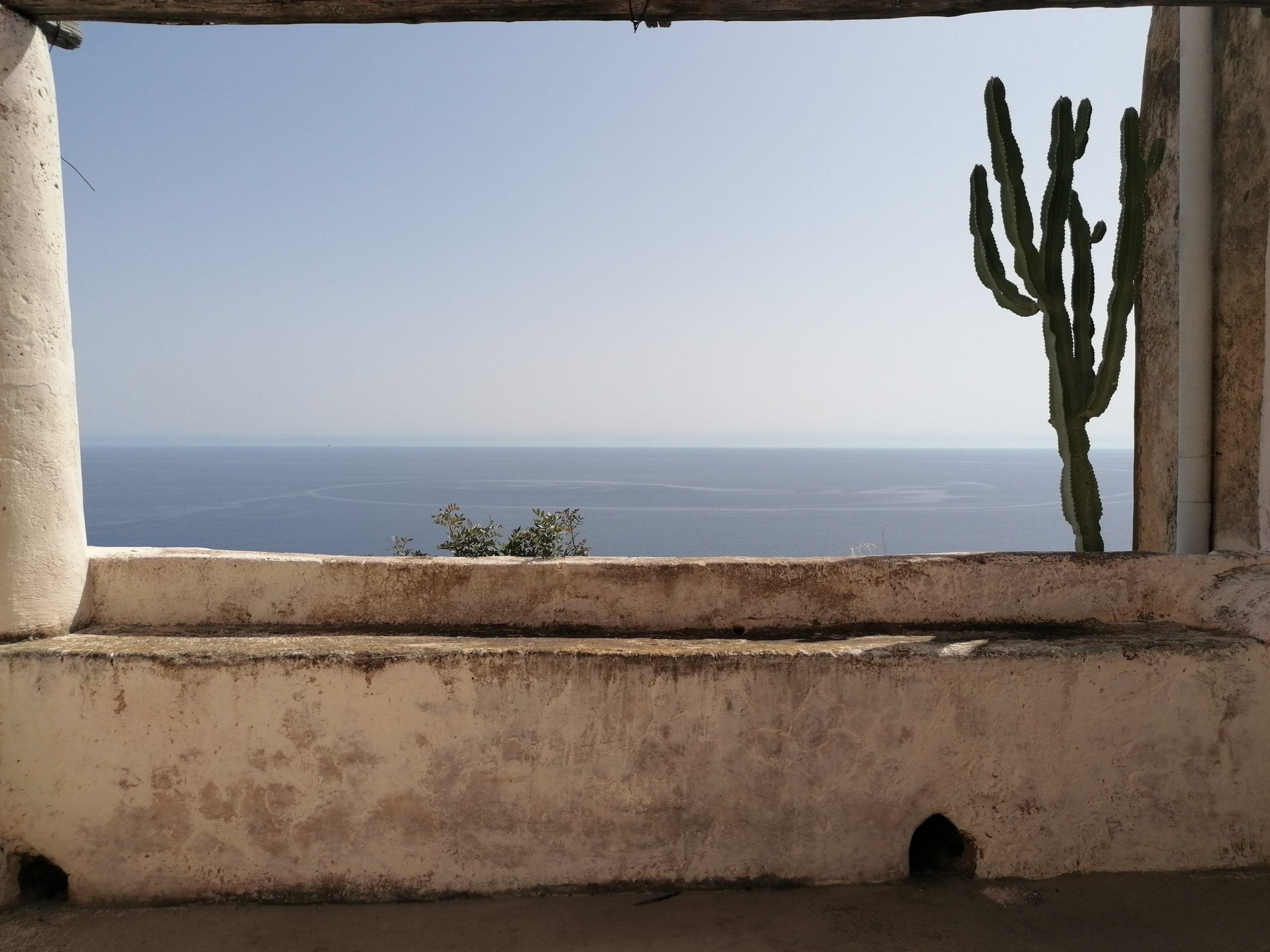What does ‘più’ mean in italian?
Più is a common Italian word meaning ‘more‘.
However, sometimes it appears in combination with ‘di’ or ‘in.’ These forms are not interchangeable, are used for different focuses, and, of course, have slightly different meanings. Let’s delve into it.
| Meaning | Usage | |
|---|---|---|
| Più | More | Used in comparative statement. |
| Di più | More | Adverbial phrase used only after verbs |
| In più | More or In addition | Indicates something added to an existing quantity |
| Non…più | Not…anymore | Used in negative sentences |
Più
Più means more in several contexts, such as in comparative statements.
- Questa casa è più caro di quella – This house is more expensive than that one
- Carla guadagna più di suo marito – Carla make more money than his husband
Di più
Di più is an adverbial phrase used after verbs and means ‘more.’ For example:
- Voglio allenarmi di più quest’anno – I want to train more this year
- Voglio studiare di più – I want to study more
The opposite phrase is ‘di meno,’ which means “less.” For example:
- Voglio bere di meno quest’anno. (I want to drink less this year.)
In più
In più is a noun phrase that means ‘more’ or ‘in addition,’ and it is used to indicate that something is added to an existing quantity. The phrase can be used to refer to both tangible and intangible things.
For example:
- Vorrei una bottiglia d’acqua in più – I would like one more bottle of water
Non…più
Non più means “not…anymore” and is used in negative sentences. The pattern to follow is “non + verb + più.”
For example:
- Non viaggio più – I don’t travel anymore
- Non dormo più – I don’t sleep anymore
Pronunciation of ‘più’
“Piu” is also spelled with an accent on the last vowel (più), which means that you have to stress the pronunciation of the “u”. It sounds like this: “pyuh”.







